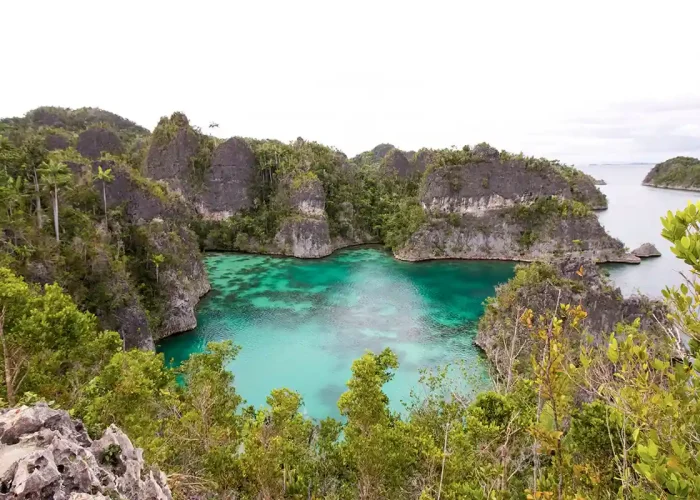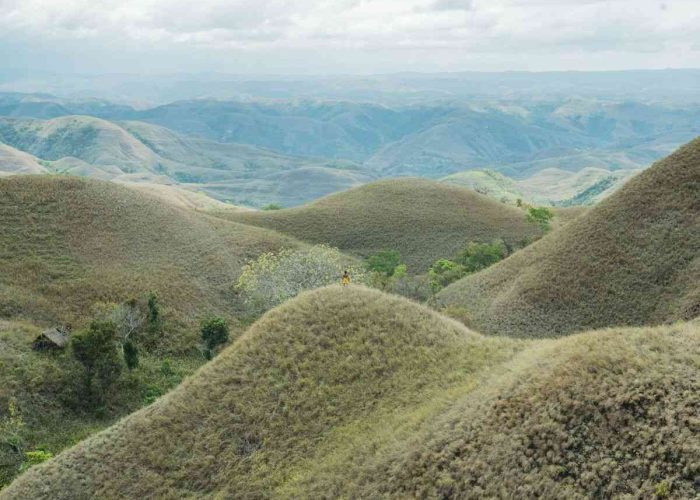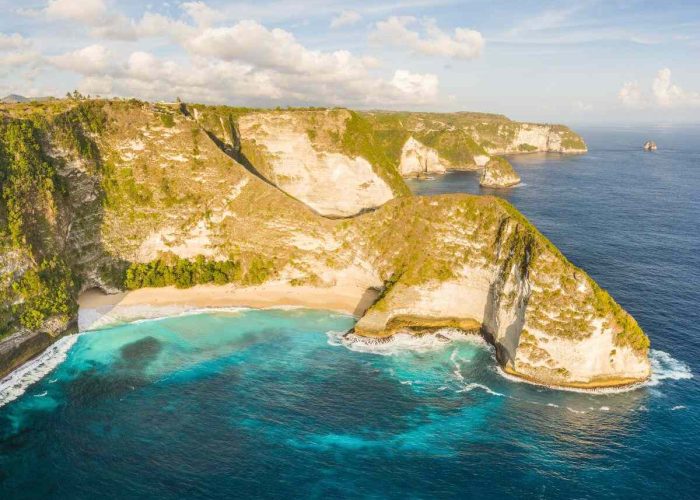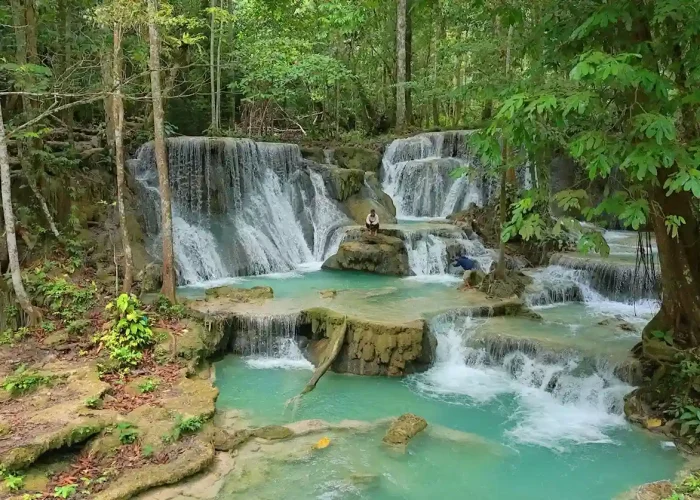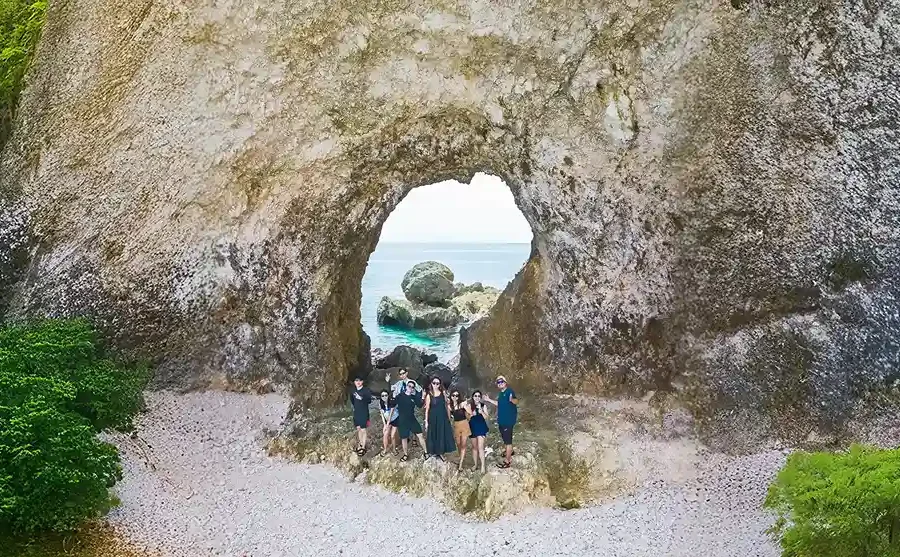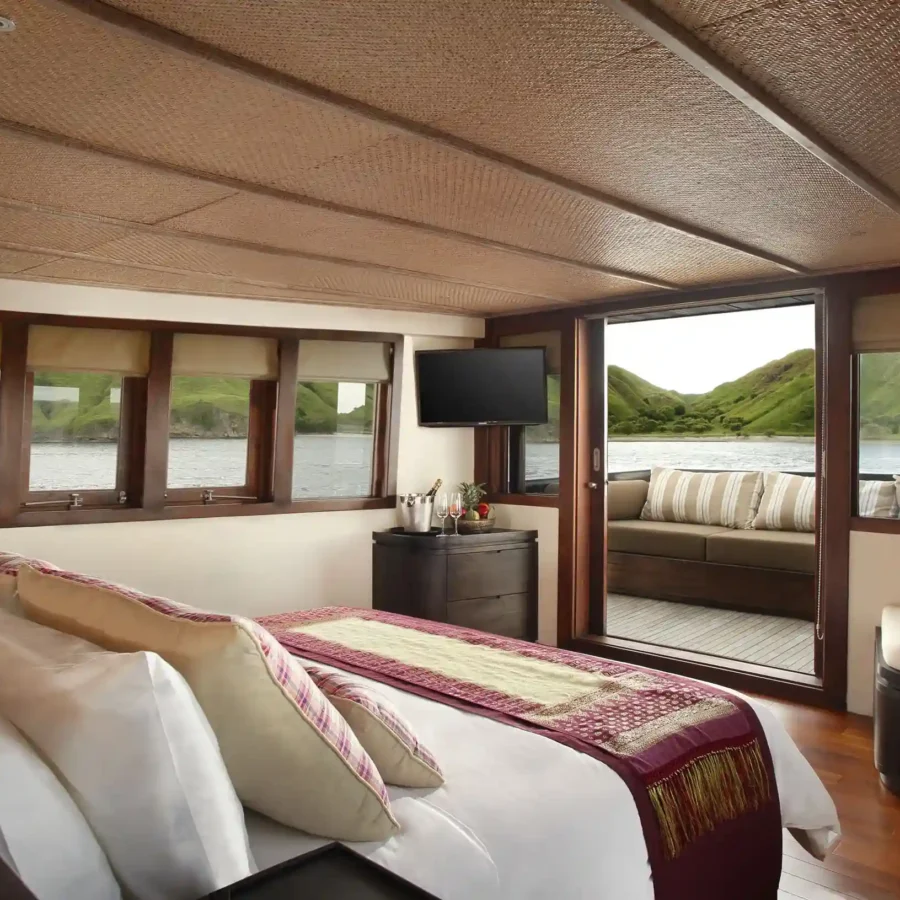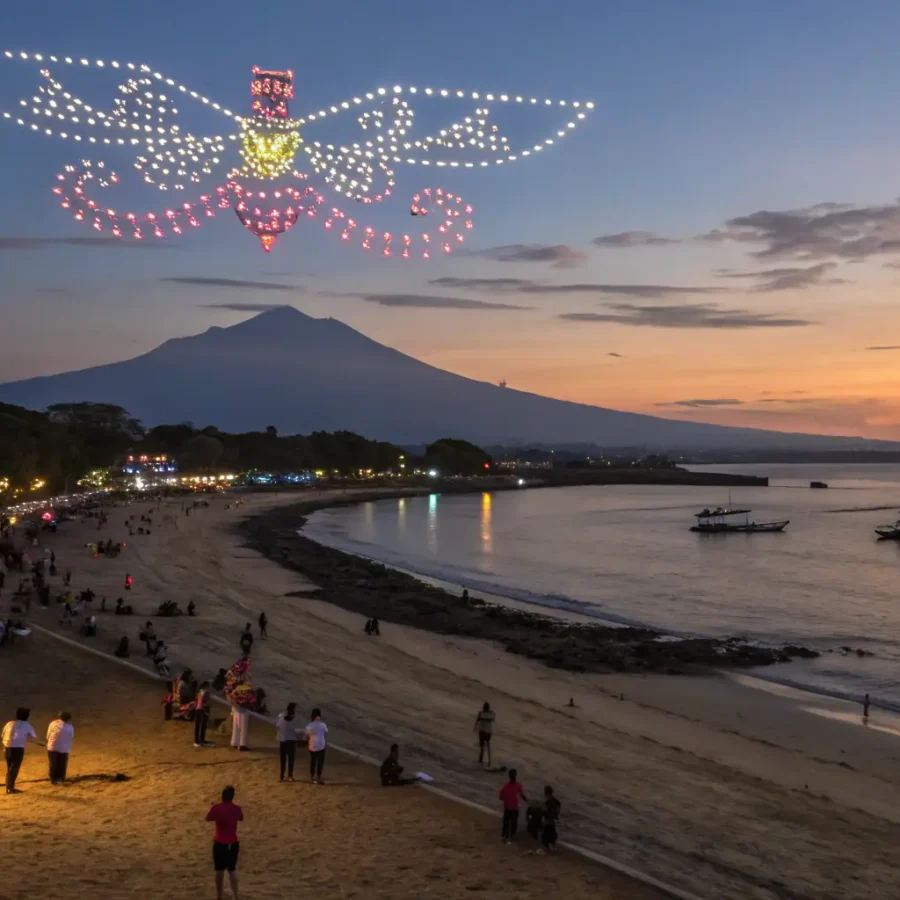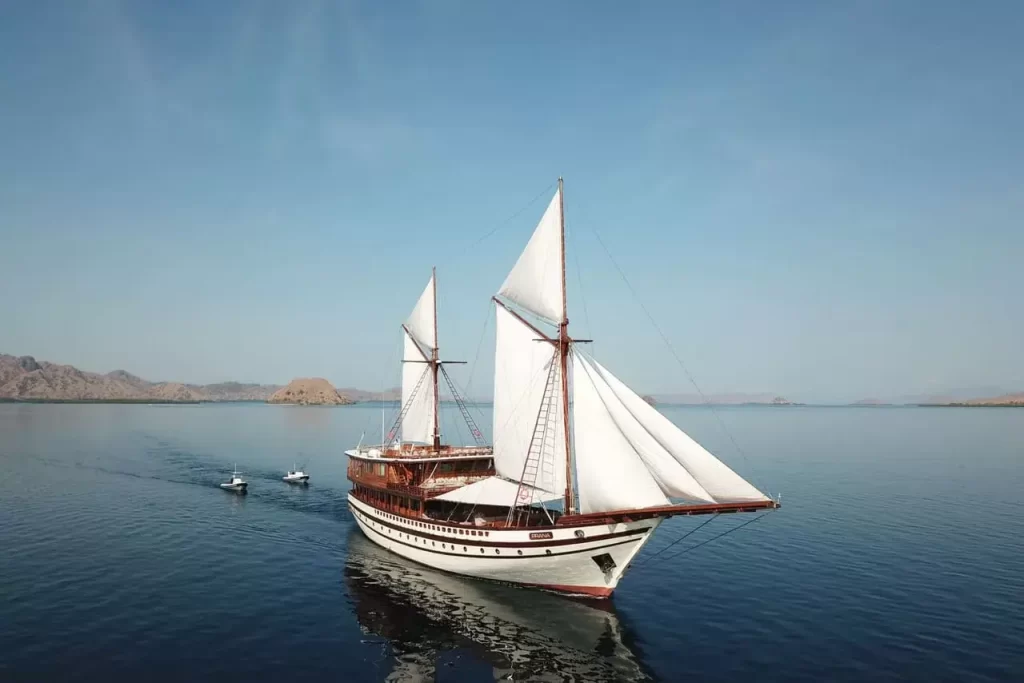Have you ever dreamed of traveling to Indonesia’s marine paradise, swimming in crystal-clear waters surrounded by thousands of colorful fish, or sailing across lush karst islands? If yes, then Raja Ampat must be on top of your travel bucket list. But before you start packing your bags, there’s one important thing you need to know, the season in Raja Ampat.
Understanding the season is crucial because the weather in Raja Ampat will greatly affect your overall travel experience. From snorkeling, diving, and island hopping to trekking through tropical jungles, everything can feel different depending on the season. In this article, you’ll find a complete guide to Raja Ampat season, including weather conditions, average temperature, and the best time to visit so you can make the most of your adventure.
Table of Contents
Raja Ampat Seasons
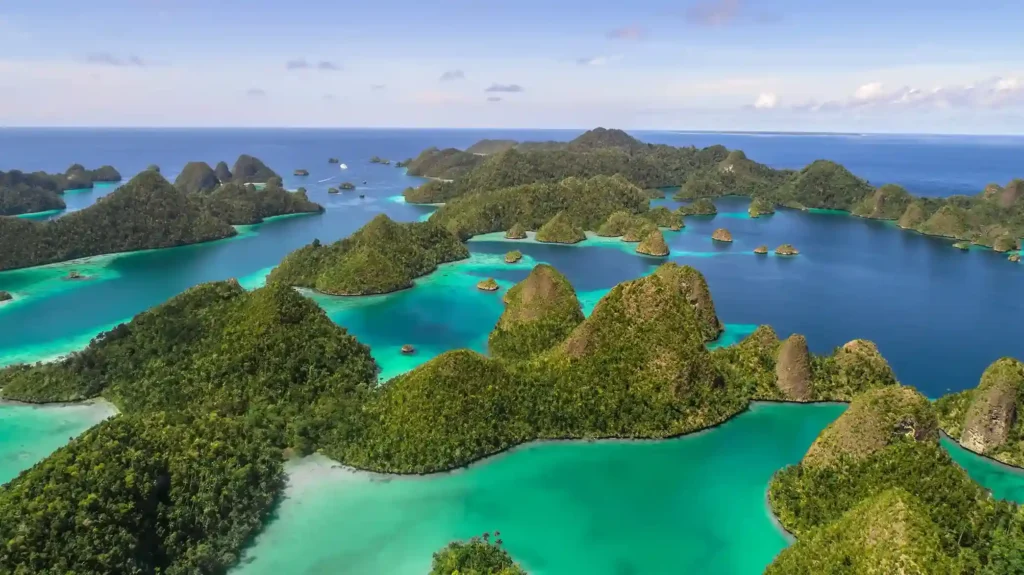
Raja Ampat has a tropical climate, so the seasonal changes aren’t as extreme as in four-season regions like Europe. Generally, there are two main seasons you should know: the Dry Season and the Wet Season.
Dry Season in Raja Ampat (October–April)
The dry season usually lasts from October to April. During this time, rainfall is relatively lower compared to the wet season, although occasional light showers still occur due to the tropical climate.
- Rainfall: Lower on average, around 108–150 mm per month, with January being the driest month in Raja Ampat. While there are still monthly variations, most days remain dry, making outdoor activities much more comfortable.
- Sunlight: Daylight hours are stable, around 12 hours ±8 minutes. The earliest sunrise is around 05:57, and the latest sunset is at 18:35, giving you plenty of time to enjoy snorkeling, diving, or island exploration.
- Humidity: Still high at around 100%, but the dry season feels more pleasant compared to the wet season because of the lower rainfall.
- Wind: Generally light to moderate. The sea is calmer, making it ideal for snorkeling in Raja Ampat, diving, or island hopping. The windier months only last about 2–3 months, so for most of this period, the sea conditions are favorable.
This season is a favorite among travelers because of its stable weather, crystal-clear waters, and maximum underwater visibility. Popular spots like Misool, Wayag, and Kabui Bay are best explored during this time, offering stunning landscapes and vibrant marine biodiversity. Additionally, the dry season conditions often coincide with peak manta ray sightings, making it an excellent time for marine enthusiasts.
Wet Season in Raja Ampat (May–November)
The wet season runs from May to November, with heavier rainfall and stronger winds. These conditions may affect some sea activities, requiring extra attention.
- Rainfall: Higher, peaking in June with an average of 197 mm per month. Rain happens more often, but you can still expect sunny breaks in the morning or afternoon. The southeast monsoon months between May and September deliver the bulk of Raja Ampat’s annual rainfall, with June and July being the wettest months.
- Sunlight: Daylight hours remain similar, but sunshine appears less frequently compared to the dry season. The latest sunrise is at 06:28, and the earliest sunset is at 18:05.
- Humidity: Stays high at around 100%, making the air feel humid throughout the day.
- Wind: Stronger, with average speeds exceeding 14.4 km/h during certain months. The calmest month is November, with an average of 10.4 km/h, but some remote islands may be harder to reach during this period.
Even so, the wet season has its charm. The tropical rainforest looks greener, waterfalls flow more strongly, and there are fewer crowds of tourists. If you prefer a quieter and more natural atmosphere, traveling during the wet season can be a refreshing and unique experience.
Average Temperature in Raja Ampat Throughout the Year
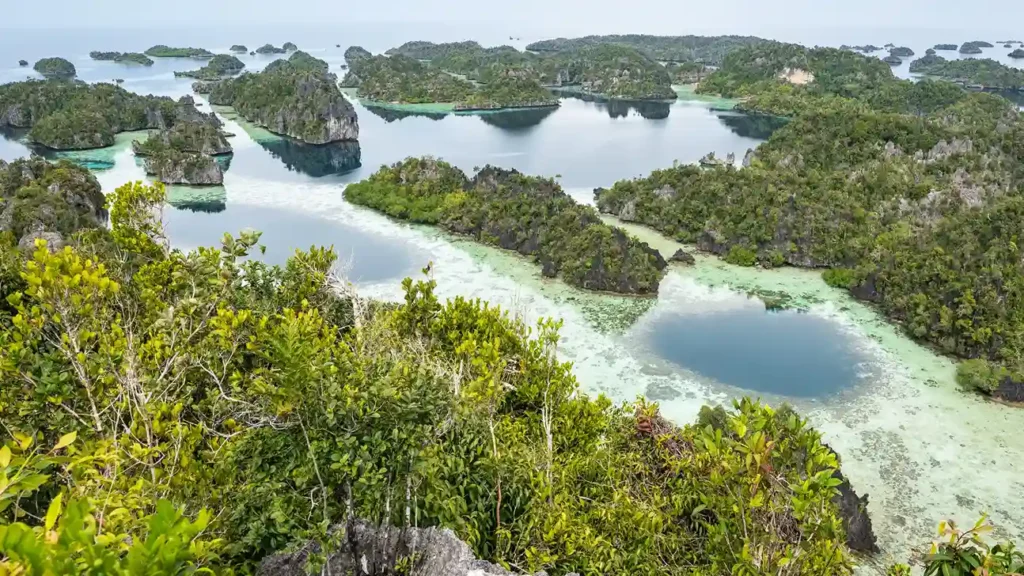
Raja Ampat enjoys relatively stable temperatures year-round thanks to its location near the equator. However, small differences between the dry and wet seasons can affect your comfort, especially for outdoor and marine activities. Knowing the average temperature helps you prepare clothing, plan snorkeling sessions, and set up island-hopping schedules more comfortably.
Air Temperature in Raja Ampat
The daily air temperature in Raja Ampat is generally warm, averaging between 23°C and 29°C. The hottest month of the year is usually May, with daily lows around 24°C and highs reaching 29°C, creating warm but comfortable conditions for outdoor activities.
The tropical “cool season” lasts for about 2.3 months, from June to September, with daily highs averaging below 28°C. July is the coolest month, with an average low of 23°C and a high of 28°C. While the temperature difference is not extreme, this information is useful so you can adjust your outfits and activities, especially for trekking or hiking that require extra energy.
Sea Temperature in Raja Ampat
The sea temperature in Raja Ampat varies seasonally but remains warm and comfortable for diving in Raja Ampat or snorkeling all year round. The warmest water period lasts about 1.9 months, from April to June, when the sea averages above 29°C. The warmest month for sea temperature is November, also averaging around 29°C. The months of November to March are considered ideal for calm waters and high visibility, enhancing the underwater experience.
Meanwhile, cooler water temperatures occur between January and March, averaging just below 29°C. February is the coolest month, but the water is still pleasantly warm and safe for swimming, diving, or snorkeling. Understanding these variations ensures your underwater experiences remain comfortable, especially when exploring coral reefs and tropical fish with optimal visibility.
Read more: 4 Main Islands In Raja Ampat You Must Visit!
Best Time to Visit Raja Ampat Based on Activities
Now comes the exciting part, deciding when to travel depending on your favorite activities. By matching your plans with the Raja Ampat season, your trip will be more enjoyable and memorable.
1. Snorkeling & Diving
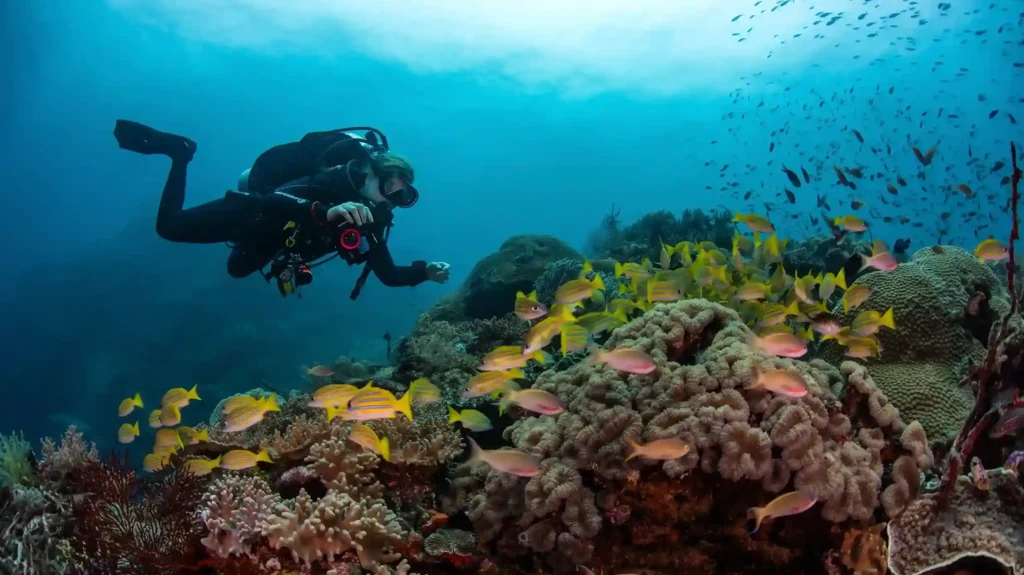
If your main goal is snorkeling or scuba diving, the dry season (October–April) is the best time to dive. The sea is generally calm seas, water visibility is crystal clear, and the currents are relatively safe, creating great diving conditions for both beginners and experienced divers. Favorite spots like Misool, Wayag, and Kabui Bay are at their best for seeing healthy corals and vibrant sea life.
In addition, the sunny weather during the dry season lets you spend more time on the boat or snorkeling without worrying about sudden rain. It’s also the perfect moment to capture clearer underwater photos with colorful fish and corals, making your experience to enjoy Raja Ampat even more unforgettable.
2. Island Hopping

For island hopping, the dry season is also the most comfortable choice because the waves are calmer and boats are more stable. Small islands that are difficult to access during the rainy season become easier to explore, allowing you to enjoy every stop without rushing. Strolling on white sandy beaches feels much more relaxed.
On top of that, the sunny skies give you the chance to explore more islands with crystal-clear waters and stunning seascapes. You can even stop at a few favorite spots for a quick snorkel or simply relax by the shore. With these conditions, your island-hopping journey feels smoother and stress-free.
3. Trekking & Hiking
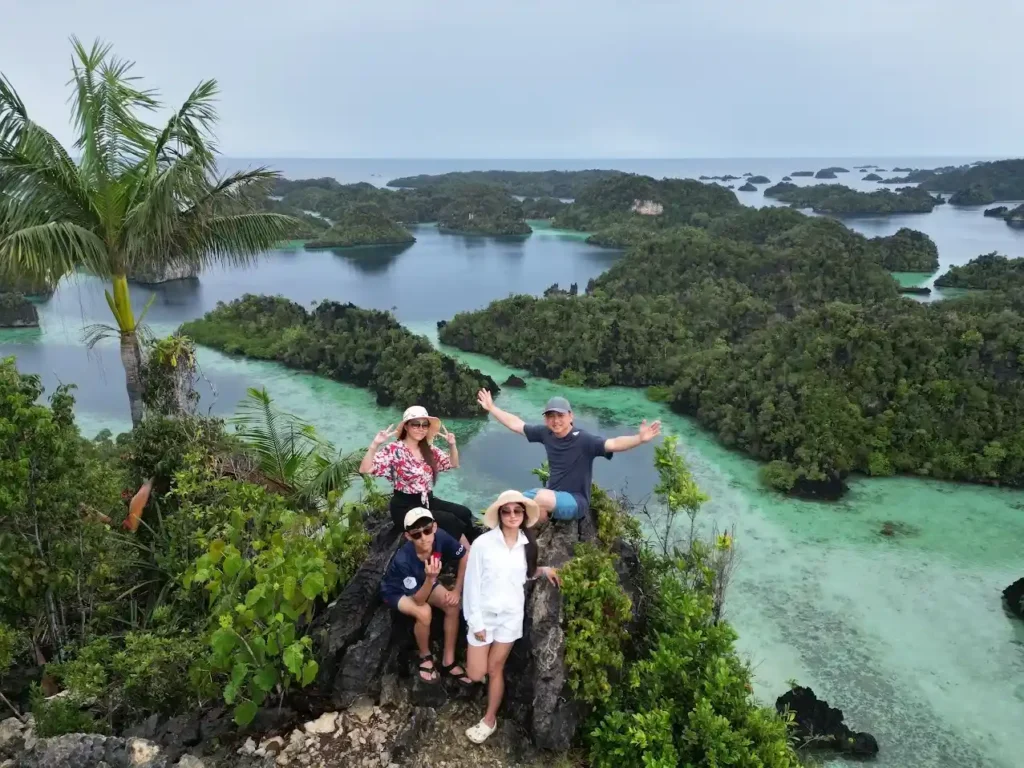
Trekking and hiking can be done year-round, but the end of the rainy season or the beginning of the dry season offers greener and fresher trails. The tropical forest feels more alive, waterfalls flow fully, and the natural scenery looks stunning. If you love photography, the soft morning and afternoon light is perfect for capturing breathtaking landscapes.
At the same time, the cooler air makes hiking more comfortable so you don’t get tired easily. The moist, greener paths also give you a different sensation compared to trekking in the dry season, making the adventure more diverse. By choosing the right timing, your trekking experience will feel more refreshing and exciting.
4. Birdwatching

Raja Ampat is home to many endemic bird species, making birdwatching a fascinating experience. During the rainy season, the forests look greener and the birds are more active in search of food, which makes spotting them even more rewarding.
Meanwhile, the dry season is still convenient as access to birdwatching spots is easier and the weather is more predictable. You can plan early morning or late afternoon sessions to observe the birds peacefully without the risk of rain. No matter the season, birdwatching in Raja Ampat always feels exciting and safe.
5. Cultural Experiences

If your focus is more on cultural experiences, like visiting local villages or joining traditional festivals, these activities can be done all year round. The dry season makes inter-island travel easier, ensuring smoother trips.
On the other hand, the rainy season offers a more quiet and intimate atmosphere as there are fewer tourists around. This gives you more chances to interact freely with the locals and experience their traditions in a more personal way. By adjusting to the season, your cultural journey will feel more meaningful and memorable.
Tips for Traveling to Raja Ampat Based on Season
Your trip to Raja Ampat will be more enjoyable if you prepare a few things in advance. Here are some practical tips to match your travel with the season:
- Pack Season-Appropriate Clothing
Bring lightweight clothes, a hat, and sunscreen during the dry season. In the wet season, pack a light jacket and umbrella to stay comfortable when rain comes unexpectedly. - Choose a Strategic Accommodation
Staying near harbors or popular snorkeling spots makes island exploration easier. Extra facilities like snorkeling gear rentals or tour services also make your trip smoother. - Use Local Tour Services
A local guide can help you navigate islands, diving spots, and seasonal conditions. They’ll also share cultural and nature insights to enrich your experience. - Adjust Activities to Weather
Plan island hopping, diving, or snorkeling around weather conditions. Flexibility ensures you still enjoy your trip even if the weather changes suddenly. - Bring Essential Gear
Don’t forget goggles, a snorkel, or a waterproof camera for maximum marine adventures. A power bank or portable charger also keeps you ready to capture every moment.
Read more: Raja Ampat Tour Recommendations 2026: Packages, Prices, Itineraries & Tips
Let’s Explore Raja Ampat Easily with IndonesiaJuara Trip!
Now that you know everything about Raja Ampat season, from raja ampat weather and temperatures to the best season for different activities, it’s time to experience it yourself. For most visitors, planning the perfect trip can feel overwhelming, but you don’t have to worry because you can join the Raja Ampat Tour with IndonesiaJuara Trip. Everything is arranged for you, from transportation and accommodation to experienced local guides.
This way, you can focus entirely on exploring the Raja Ampat islands, enjoying smooth boat trips, swimming in crystal-clear waters, and making the most of your adventure without stress. Your journey will be safe, comfortable, and full of unforgettable memories. So, what are you waiting for? Plan your adventure now and discover the magic of Raja Ampat with IndonesiaJuara Trip!






